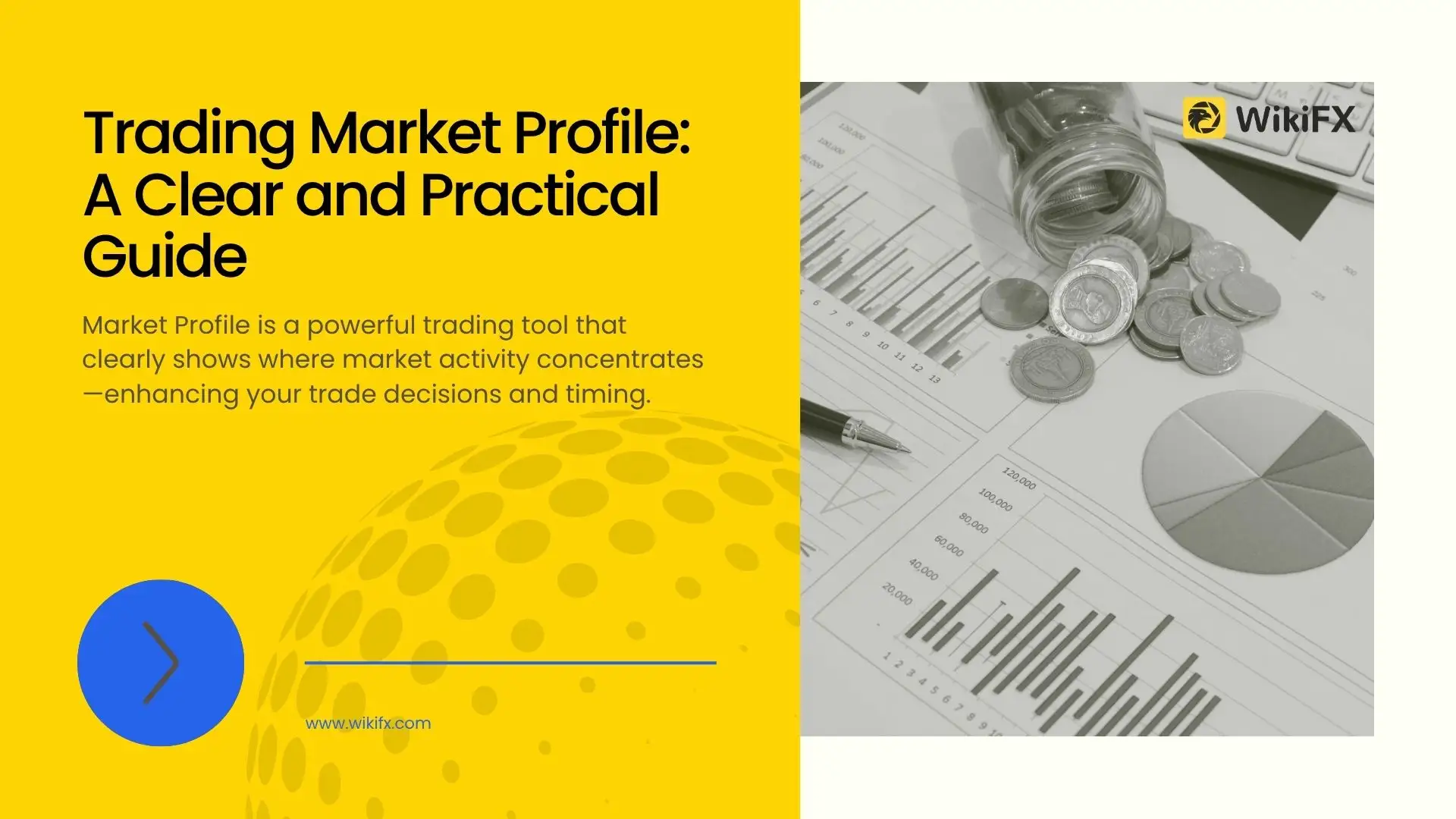Israel-Iran Conflict: Oil Markets in Focus as Iran Contemplates Strait of Hormuz Closure
Abstract:Explore this story to know the impact on oil markets should Tehran close the Strait of Hormuz amid the Israel-Iran conflict.

The United States-led military attacks on Irans nuclear facilities during the last week saw oil prices recording a five-month high over the last weekend. Iran responded by attacking the US AI Udeid Air Base in Qatar, causing uncertainty in the global energy markets. However, on Tuesday, oil prices declined sharply after Iran decided to hold off further attacks for now. Brent Crude, the international benchmark for oil prices, has slumped above 5.6% and is presently trading at $66 a barrel. However, Iran may choose the economic route to retaliate. As per media reports, it may close the Strait of Hormuz following what happened during the Israel-Iran conflict.
Global Oil Supply May Disrupt if Iran Closes Strait of Hormuz
The Strait of Hormuz, which accounts for 20% of the oil supply worldwide, is a broader corridor between Asia and Europe. The Iranian parliament has already supported the proposal seeking a closure of the Strait. However, the countrys Supreme National Security Council will make the final decision on it. Although the Israel-Iran war has stopped for now, how long the ceasefire will be maintained will decide the fate of the Strait.
But is This JUST a Threat as the Israel-Iran Conflict Settles for Now?
This is not the first time that Iran issued a threat regarding the Strait of Hormuz closure. In 2018, when President Donald was serving his first term, Iran made a similar claim following the withdrawal of the US from the Iran nuclear deal made under former President Barack Obama. While its still uncertain whether Iran will close the Strait, it might trigger panic in oil markets if it does.
The Potential Impact on Oil Markets Should Tehran Close the Strait
The closure may require laying sea mines around the Strait, which is a mere 33 KM wide at its narrowest point. The closure may lead to attacking or capturing vessels. In March 2025, the Revolutionary Guard seized ships that it found to have been smuggling diesel. Such tactics were also employed when Iran and Iraq fought a war in the 1980s. Global markets may be jolted with the Strait closure if Tehran decides to do that if the Israel-Iran conflict does not see a complete end. Analysts, however, think the existing spare capacity is enough to deal with the immediate impact. However, the volatility risks remain high, taking cues from the global supply chain disruptions when Russia and Ukraine were locked into a war in 2022.
Prices to Surge on Potential Closure of the Strait of Hormuz
HSBC analysts estimate that crude oil prices could surpass $80 a barrel in the advent of Strait closure. Goldman Sachs, on the other hand, forecasts oil prices to be $110 per barrel.
OPECs Decision to Up Oil Production for July May Help Mitigate the Impact of Supply Shortage
The Organization of Petroleum Exporting Countries (OPEC), in May 2025, decided to raise production by 4,11,000 barrels per day for July. This will help mitigate the impact of a possible supply shortage. Spare production capacity from OPEC+, especially the United Arab Emirates and Saudi Arabia is expected to quickly add around 2.5 million barrels per day to the overall supply, according to the estimates shared by Third Bridge Capital.
Read more

Exploring How Cover Rate Forex Helps You Hedge Against Potential Exchange Rate Fluctuations
Exchange rates are constantly changing; they fluctuate based on trading volume, market sentiment, and several other factors. These fluctuations can raise concerns for you if they don’t turn out as expected. That’s why many like you are resorting to a cover rate forex strategy to hedge against currency fluctuations. Read on to learn more about it.

MFSA Warns of Digital Market Mining Scam: Alchemy Markets Clone
The MFSA warns that Digital Market Mining is a fraudulent clone of Alchemy Markets Ltd. Learn how to identify financial scams and protect your investments.

Eyeing Significant Returns from Forex Investments? Be Updated with These Charts
Confused about how to track your forex profits? The secret lies in the charts—and we’re here to decode them for you.

Trading Market Profile: A Clear and Practical Guide
Market Profile is a powerful trading tool that clearly shows where market activity concentrates—enhancing your trade decisions and timing.
WikiFX Broker
Latest News
U.S. doubles down on Aug. 1 tariffs deadline as EU battles for a deal
Buffett and Thorp’s Secret Options Strategies
Sharing Trading Mistakes and Growth
Trading Market Profile: A Clear and Practical Guide
Eyeing Significant Returns from Forex Investments? Be Updated with These Charts
CNBC Daily Open: The silver lining of positive earnings could be too blinding
CNBC Daily Open: Solid earnings beats might mask tariff volatility these two weeks
Mastering Deriv Trading: Strategies and Insights for Successful Deriv Traders
Brexit made businesses abandon the UK. Trump's hefty EU tariffs could bring them back
Jeep-maker Stellantis expects first-half net loss of $2.7 billion as tariffs bite
Rate Calc
